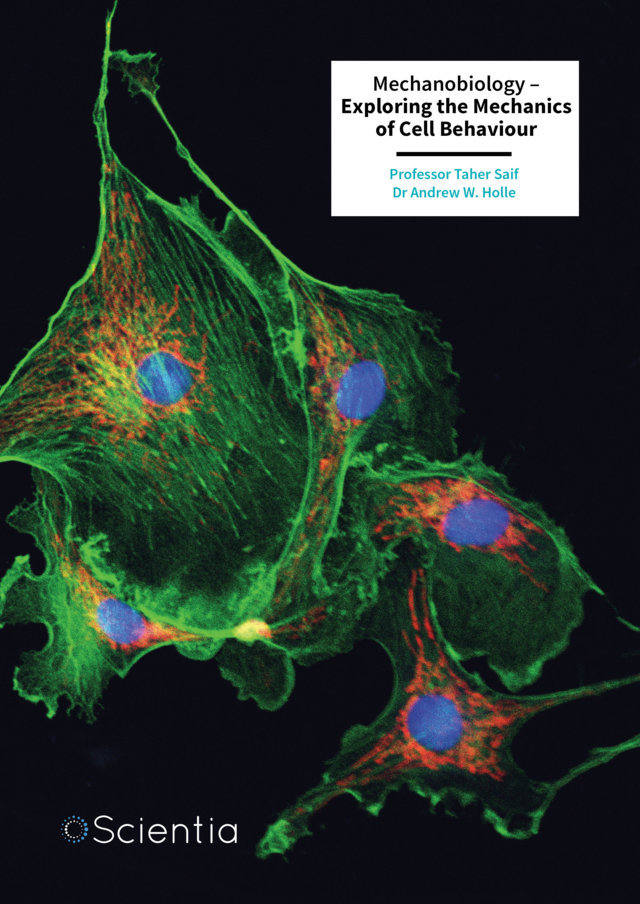Antimicrobial resistance (or AMR for short) is a pressing global health challenge that poses significant risks, particularly in low- and middle-income countries. The extensive research conducted by Saffiatou Darboe of the London School of Hygiene and Tropical Medicine, The Gambia, and her colleagues, has been pivotal in understanding and addressing this issue within The Gambia and other regions in sub-Saharan Africa. This episode delves into four comprehensive studies conducted by Darboe and colleagues, shedding light on the impact of AMR, the importance of antibiograms, and specific outbreaks of resistant pathogens. More
In the first study, “Using an Antibiogram Profile to Improve Infection Control and Rational Antimicrobial Therapy in an Urban Hospital in The Gambia,” the focus is on using antibiograms to enhance antimicrobial stewardship, which describes efforts to optimise the use of antibiotic drugs. An antibiogram is a summary report of the susceptibility of bacterial strains to different antibiotics. These reports are generated by testing bacterial isolates from patient samples against various antibiotics in a laboratory. The resulting data are then compiled into a chart that shows which antibiotics are most effective against specific bacteria.
Antibiograms serve multiple purposes. First, they guide physicians in choosing the most effective antibiotics for treating infections, which is especially important in areas where access to advanced diagnostic tools may be limited. By using these data, healthcare providers can avoid prescribing antibiotics that won’t work, thereby reducing the spread of resistant bacteria. Second, antibiograms help hospitals to monitor local resistance patterns, which is essential in detecting emerging resistance trends and adjusting treatment protocols accordingly. This proactive approach can significantly improve patient outcomes and reduce the incidence of treatment failures.
The study involved processing 14,776 patient samples, of which 7.9% were positive for clinically significant pathogens. E. coli, S. aureus, and K. pneumoniae were the most common disease-causing bacteria found in the samples. The study revealed significant levels of AMR in the samples, prompting the researchers to recommend that local clinicians need to increase use of combination therapies, which involve prescribing multiple antibiotic drugs to help overcome microbial drug resistance mechanisms.
Another critical study, “Community-Acquired Invasive Bacterial Diseases (IBD) in The Gambia,” provides an extensive overview of the bacterial pathogens responsible for invasive diseases in post-neonatal populations. This study is particularly important because it examines infections that people acquire outside of hospital settings, known as community-acquired infections.
The researchers analysed a total of 14,715 blood and 1,103 cerebrospinal fluid samples over an 11-year period, which covered periods before and after the introduction of a pneumococcal conjugate vaccine (or PCV for short). The introduction of the PCV has significantly reduced the incidence of invasive pneumococcal disease. The PCV is designed to protect against several types of Streptococcus pneumoniae, which can cause diseases such as pneumonia, meningitis, and sepsis. However, the success of this vaccine has also led to a shift in the burden of disease to other pathogens, allowing other types of bacteria to become more prevalent. This study found that following the introduction of PCV, S. pneumoniae was replaced by S. aureus and N. meningitidis as the major cause of bloodstream infections and meningitis, respectively.
Darboe’s research highlights the necessity of continuous monitoring and the inclusion of resistance patterns in surveillance programs to ensure that treatment guidelines remain effective and up-to-date. Surveillance involves the systematic collection, analysis, and interpretation of health data to plan, implement, and evaluate public health practices. Effective surveillance systems enable the early detection of outbreaks and monitoring of disease trends, which are crucial for timely and effective public health responses.
In another detailed investigation titled “Klebsiella pneumoniae Outbreak in a Neonatal Unit in The Gambia,” Darboe and colleagues explored an outbreak of extended-spectrum beta-lactamase producing K. pneumoniae in a neonatal ward. Beta-lactamases are enzymes produced by certain bacteria that make them resistant to a wide variety of beta-lactam antibiotics, including penicillins and cephalosporins. This resistance mechanism poses a significant challenge in treating infections because it limits the options for effective antibiotics.
The outbreak began with a single baby and quickly spread to other newborns, demonstrating resistance to multiple antibiotics except for meropenem and imipenem. These two antibiotics belong to a class called carbapenems, which are often considered the last line of defense against multi-resistant bacterial infections. The study revealed that contaminated intravenous fluids were the source of the outbreak, highlighting the critical role of bacterial monitoring and infection prevention and control (or IPC for short) measures in hospital settings.
IPC measures are practices and procedures that aim to prevent the spread of infections within healthcare facilities. These measures include hand hygiene, sterilization of medical equipment, proper use of personal protective equipment, and ensuring the cleanliness of the hospital environment. Hand hygiene, for example, is a simple yet highly effective measure. Proper hand washing or the use of alcohol-based hand sanitizers can significantly reduce the transmission of pathogens. However, in resource-limited settings, maintaining consistent IPC practices can be challenging due to shortages of supplies and overcrowded conditions.
This outbreak study is significant because it demonstrates how quickly resistant pathogens can spread in healthcare settings, especially among vulnerable populations such as newborns. Newborns, particularly premature babies, have underdeveloped immune systems, making them highly susceptible to infections. The findings emphasize the need for routine bacterial monitoring, stringent IPC protocols and effective outbreak response strategies to prevent the spread of resistant bacteria.
Another study by Darboe and colleagues focused on the toxins associated with S. aureus, and particularly the prevalence of Panton-Valentine leukocidin (or PVL for short) among patient samples from The Gambia. PVL is a toxin produced by some strains of S. aureus that can destroy white blood cells and cause severe infections, including skin and soft tissue infections. The presence of PVL is associated with increased infection severity, making it an important factor to consider in clinical settings.
The study found a high prevalence of PVL-positive S. aureus, particularly in cases of bacterial blood infection, called bacteraemia, and skin and soft tissue infections. Bacteraemia is a serious condition that can lead to sepsis, a life-threatening response to infection that can cause tissue damage, organ failure, and death. Despite significant resistance to penicillins among the samples, there was no evidence of an association between PVL status and antimicrobial resistance. This research adds to the understanding of the virulent properties of S. aureus and the clinical implications of PVL in disease severity and transmission. By identifying the presence of PVL, healthcare providers can better anticipate the potential severity of infections and tailor their treatment approaches accordingly.
Darboe’s work underscores the importance of robust surveillance systems and the need for ongoing research to understand the evolving landscape of bacterial infections and resistance patterns. Effective surveillance involves not only monitoring the incidence of infections but also understanding the mechanisms of resistance and the factors contributing to the spread of resistant strains. This knowledge is crucial for developing targeted interventions and policies to control AMR.
The collective research by Saffiatou Darboe and her colleagues provides critical insights into the challenges and strategies in addressing AMR in resource-limited settings. Their work highlights the importance of collaborative efforts, robust surveillance, and informed antimicrobial stewardship in combating AMR in The Gambia and globally.
One of the critical aspects of Darboe’s research is the focus on local and context-specific data. The effectiveness of antibiotics can vary significantly based on regional differences in bacterial strains and resistance patterns. Therefore, it is essential to have local data to guide treatment decisions accurately. Darboe’s work in The Gambia provides a model for other regions facing similar challenges, emphasizing the need for localized research and tailored public health interventions.
In summary, the extensive research conducted by Saffiatou Darboe and her colleagues provides a comprehensive look at the multifaceted approach needed to tackle AMR. From the implementation of antibiograms to monitor resistance patterns, to the management of outbreaks in hospital settings, and the surveillance of community-acquired infections, their work highlights the importance of informed and coordinated efforts in the fight against AMR. By continuing to build on this foundation, we can hope to achieve better outcomes for patients worldwide and preserve the efficacy of lifesaving antibiotics for future generations.
Furthermore, Darboe’s research highlights the need for global surveillance networks to monitor AMR trends and coordinate responses. Such networks can facilitate the sharing of data and best practices, enabling countries to learn from each other’s experiences and implement effective strategies. International organizations like the World Health Organization play a pivotal role in coordinating these efforts and providing technical support to countries facing significant AMR challenges.
In conclusion, the research conducted by Saffiatou Darboe and her colleagues represents a significant contribution to our understanding of AMR and the strategies needed to combat it. Through detailed studies of antibiograms, outbreak investigations, and the prevalence of virulence factors, their work provides a comprehensive overview of the AMR landscape in The Gambia and beyond and offers valuable insights for global public health efforts.







